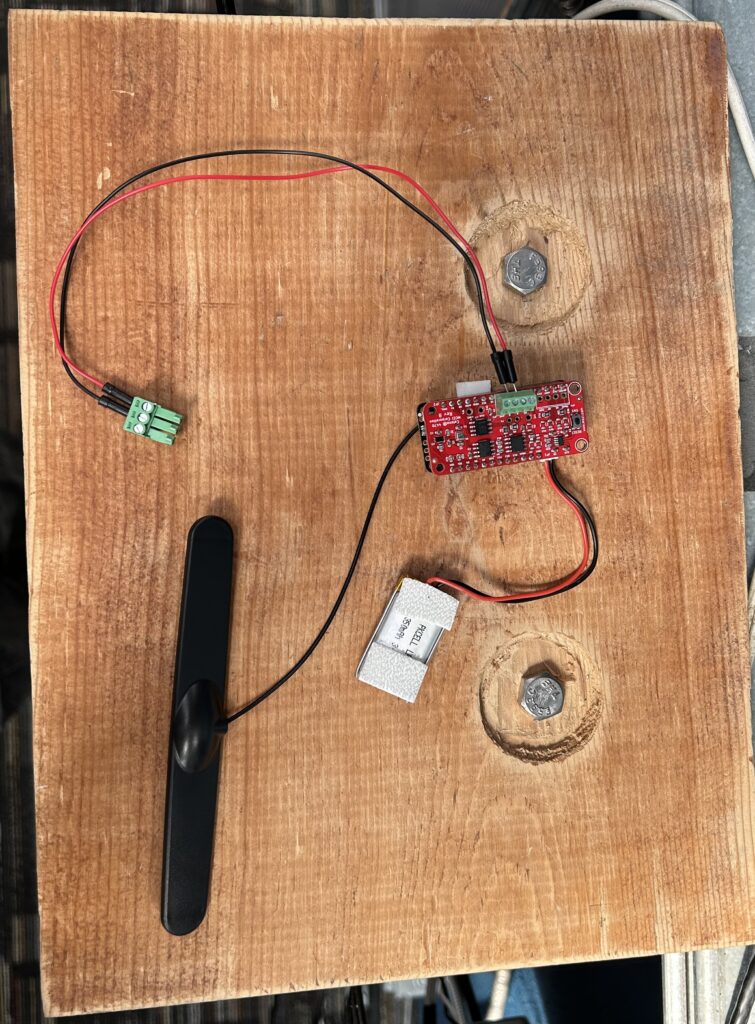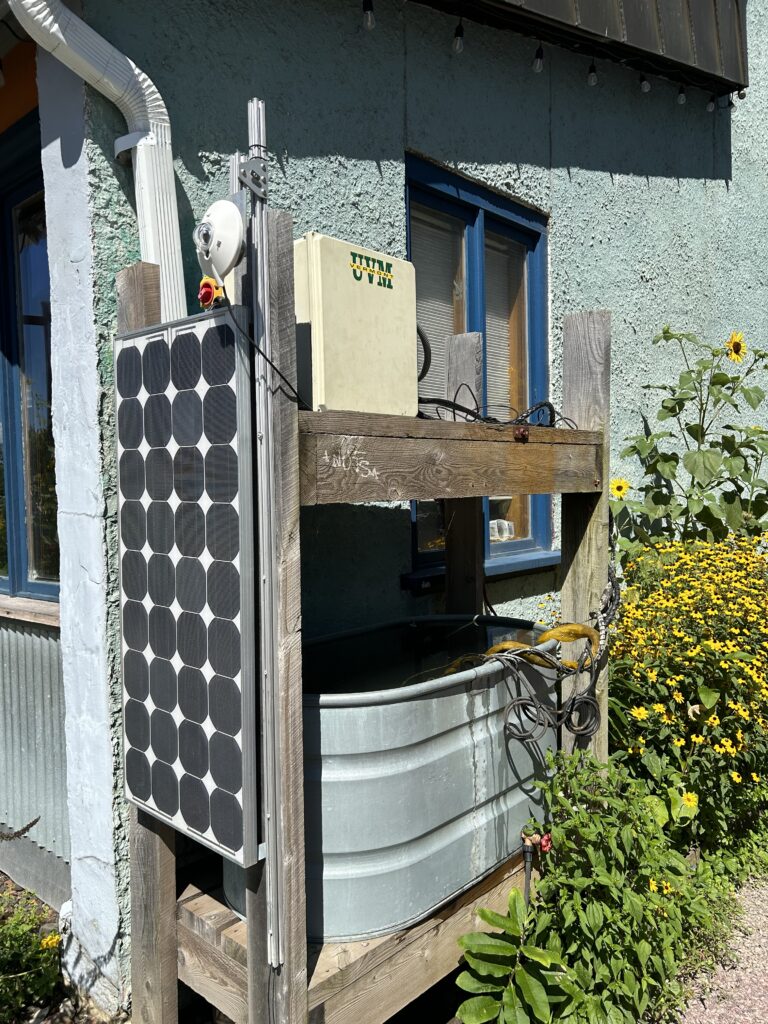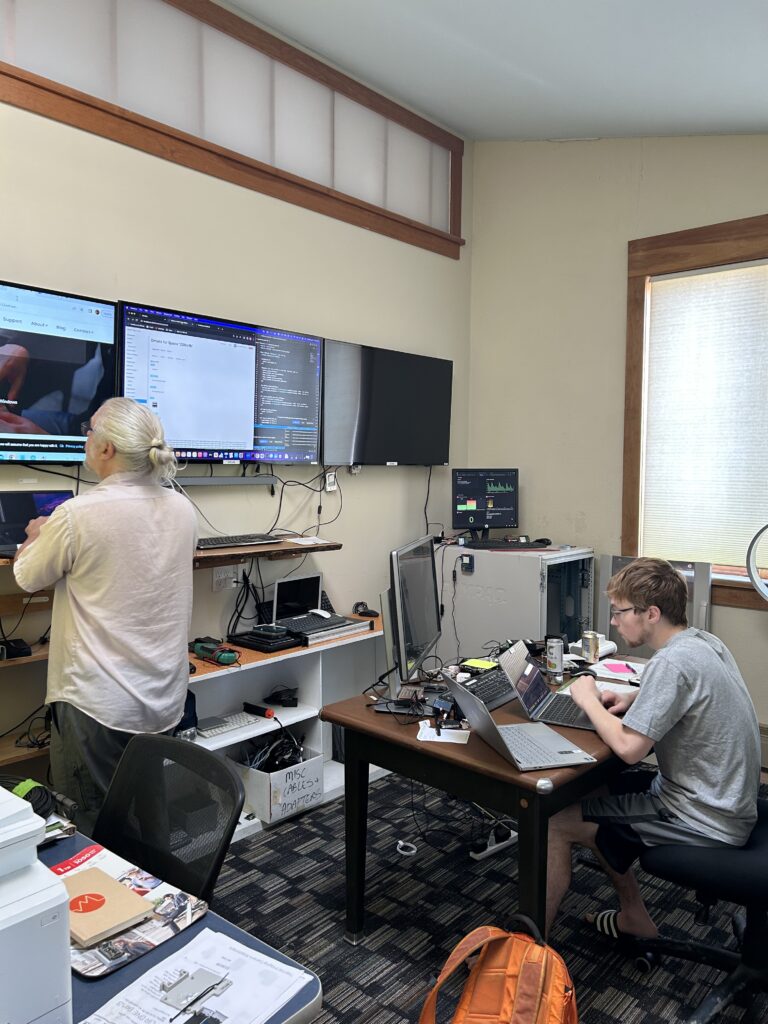It's Finally Here!
The citizen scientists at the IoT Conduit have been working on and off for the past three years to test an emerging communications technology for water quality monitoring that makes data collection more efficient and accessible than ever before. This technology can be used for a variety of Smart City applications outside of water quality including energy and traffic monitoring.
Water quality in Vermont is incredibly important, with our natural bodies of water providing opportunities for tourism, increasing home value (a 1-meter increase in water quality equates to a 37% increase in home values), large effects on our ecosystem, and most importantly resident enjoyment. Water quality is also extremely important for our health, with waterborne diseases or toxic algae posing a threat. This year we have seen a record amount of beach closures and waste water leakage, with pollution and agricultural run-off being a constant concern.
IoT Conduit Professional Partners and the Smart Water MOU have been testing multiple LoRa platforms and applications. The chosen technologies are now ready for use for Smart City applications. An embedded microprocessor with integrated LoRa radio combines both radio and data logger, allowing for data collection and processing from remote sensors into the Cloud. Current projects using this technology are water monitoring via buoy, monitoring energy, and creating a weather station at 12-22 North. All data is shared and open to the public.
Now, IoT is in the process of releasing these projects and we are inviting you to participate or support us!
The network is ready and we are looking for volunteers and partners. Any citizen can set up their sensor on our network and access any available data.
Solar sensors are also available for various biological uses (solar sensors use the same measurements as agricultural cultivation, such as temperature). Our technology enables data-driven decisions in energy, water, and agriculture.


Our technology functions by sending data collected via sensors to the embedded microprocessor with integrated LoRa. From there, data is transmitted to The Things Network, a Cloud network from which data can be accessed by any user. The code is open-sourced and available for anyone to use, meaning any citizen can use this technology rather than building from scratch or using multiple technologies. Iot Conduit is working on creating a QuickStart user manual by the end of the year for others to implement similar technologies on the BTV WSN and other use cases. Please contact us for more information.
As mentioned, one pilot application is a buoy to be deployed on the Burlington Waterfront for water quality data collection. We are currently looking for expertise in calibrating the buoy.
Thank you to AJ Rossman, who has won multiple American Made challenges created by the Department of Energy for his work in solar technologies, and to our amazing team for this powerful, pocket-sized technology that will make data collection so much easier and widely available!
